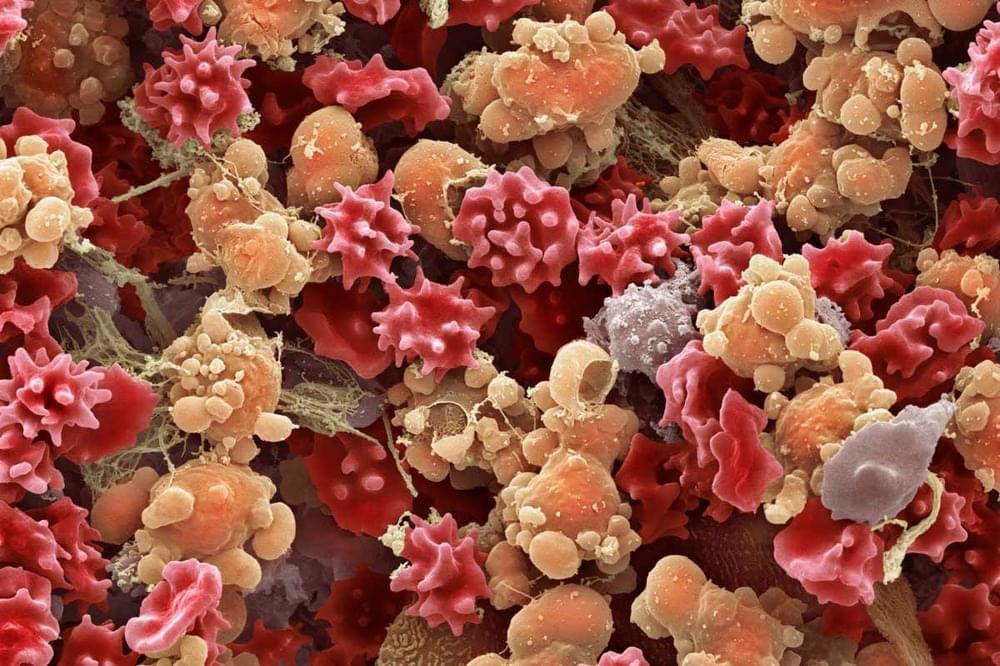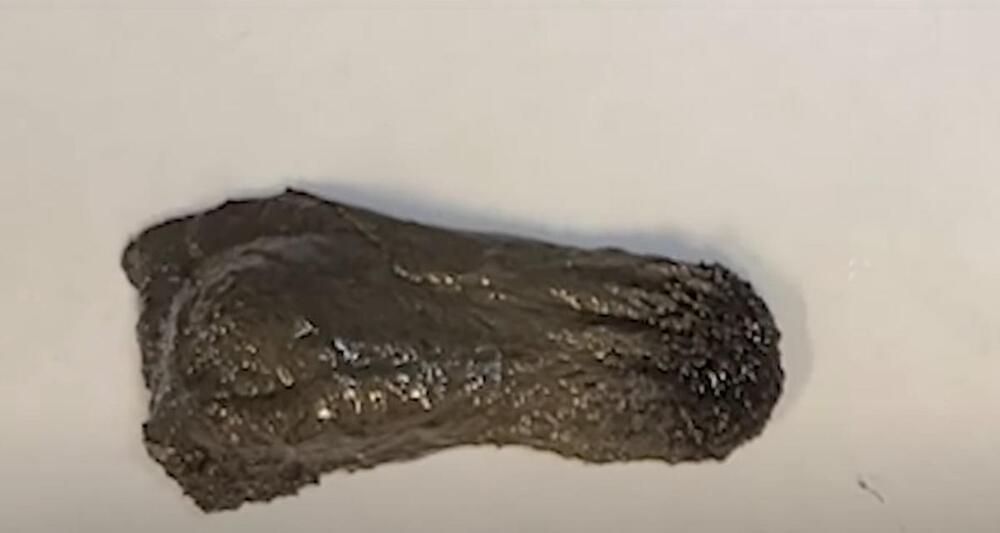Will it be the next Black Hawk?
NASHVILLE March 31, 2022 — After three years of proving its transformational flight capabilities, the Lockheed Martin Sikorsky-Boeing SB1 DEFIANT® helicopter arrived in Nashville this week to give U.S. Army Aviators a first-hand look at this impressive aircraft at the Army Aviation Association of America’s annual summit.
Army aviators at the summit will be able to see how Team DEFIANT is revolutionizing Future Vertical Lift, one of the Army’s top modernization priorities, with a focus on transforming the Future Long-Range Assault Aircraft program’s capabilities, production and sustainment resulting in lower-life cycle costs. The result is DEFIANT X® a complete weapon system that builds on the handling qualities and capabilities proven by the team’s technology demonstrator, SB1 DEFIANT®.
“When Sikorsky and Boeing embarked on the DEFIANT journey, we were mission focused and thinking ahead to creating a holistic weapon system that would give America’s Soldiers a strategic advantage to deter and defeat threats well into the 21st century,” said Sikorsky President Paul Lemmo. “DEFIANT ensures our aviators are confident and prepared for what’s ahead and gives them the agility to adapt to evolving threats.”








